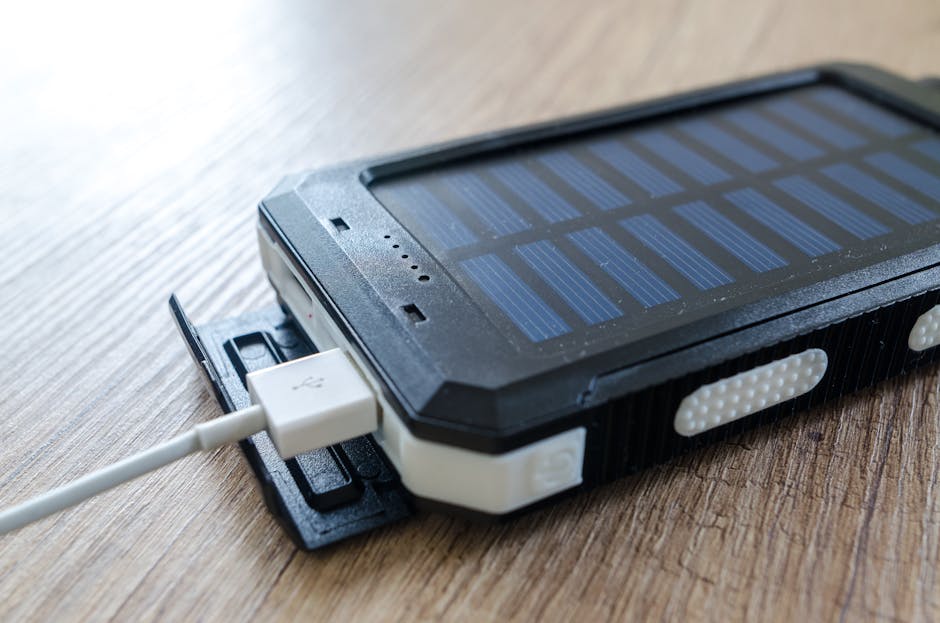Charging Cable For Samsung Solar Remote
In today’s tech-savvy world, the convenience of remote controls has become a staple in our daily lives. Among these, the Samsung solar remote stands out for its eco-friendly design and innovative features. However, like any electronic device, it requires a reliable charging cable to function optimally. This article will guide you through everything you need to know about charging cables for your Samsung solar remote, ensuring you get the most out of your device.
Understanding the Samsung Solar Remote
The Samsung solar remote is designed to be both functional and sustainable. It harnesses solar energy to recharge, reducing the need for disposable batteries. This not only helps the environment but also saves you money in the long run. However, there are times when you may need to charge it using a cable, especially during cloudy days or in low-light conditions.
Key Features of the Samsung Solar Remote
- Solar Charging: The remote can be charged using sunlight, making it an eco-friendly option.
- USB-C Port: The remote features a USB-C port for wired charging, ensuring compatibility with modern charging cables.
- Long Battery Life: Once fully charged, the remote can last for months, depending on usage.
- Ergonomic Design: The remote is designed for comfort, making it easy to hold and use.
Choosing the Right Charging Cable
When it comes to charging your Samsung solar remote, selecting the right cable is crucial. Here are some factors to consider:
1. Cable Type
The Samsung solar remote uses a USB-C charging port. Therefore, you will need a USB-C cable for charging. Here are some options:
- Standard USB-C Cable: A basic cable that connects to any USB power source.
- Fast Charging USB-C Cable: If you want quicker charging times, opt for a fast-charging cable that supports higher wattage.
- Durable Braided Cable: For longevity, consider a braided cable that resists fraying and wear.
2. Length of the Cable
The length of the charging cable can affect your charging experience. Here are some common lengths:
- Short (1-3 feet): Ideal for charging from a nearby power source.
- Medium (3-6 feet): Offers flexibility for various charging locations.
- Long (6 feet or more): Great for charging from a distance, but can be cumbersome.
3. Quality and Brand
Not all cables are created equal. It’s essential to choose a reputable brand to ensure safety and efficiency. Look for:
- Certified Cables: Cables that are certified by organizations like USB-IF ensure compatibility and safety.
- Warranty: A warranty can provide peace of mind regarding the cable’s durability.
How to Charge Your Samsung Solar Remote
Charging your Samsung solar remote is a straightforward process. Follow these steps for optimal results:
1. Locate the USB-C Port
The USB-C port is typically located on the side or bottom of the remote. Ensure it is clean and free from debris before connecting the cable.
2. Connect the Cable
Plug one end of the USB-C cable into the remote and the other end into a power source. This could be:
- A USB wall adapter
- A computer USB port
- A power bank
3. Monitor Charging Status
While charging, keep an eye on the remote’s indicator light (if available). A solid light usually indicates that charging is in progress, while a blinking light may indicate a problem.
4. Disconnect Once Charged
Once fully charged, disconnect the cable to prevent overcharging, which can affect battery life over time.
Tips for Maintaining Your Charging Cable
To ensure your charging cable lasts as long as possible, consider these maintenance tips:
- Avoid Tension: Don’t pull on the cable when unplugging; instead, hold the connector.
- Store Properly: Avoid wrapping the cable tightly; instead, use a loose coil or a cable organizer.
- Keep Away from Heat: Avoid exposing the cable to high temperatures, which can damage the insulation.
Common Issues and Troubleshooting
Sometimes, you may encounter issues while charging your Samsung solar remote. Here are some common problems and their solutions:
1. Remote Not Charging
If your remote isn’t charging, check the following:
- Ensure the cable is securely connected to both the remote and the power source.
- Try using a different USB-C cable to rule out cable issues.
- Check the power source to ensure it’s functioning properly.
2. Slow Charging
If charging is slower than expected, consider these factors:
- Use a higher wattage power adapter for faster charging.
- Ensure the cable is rated for fast charging.
- Check for any debris in the USB-C port that may hinder connection.
3. Overheating
If the remote or cable becomes excessively hot, disconnect immediately and:
- Allow both the remote and cable to cool down.
- Inspect the cable for any visible damage.
- Consider using a different power source or cable.
Conclusion
The Samsung solar remote is a fantastic device that combines sustainability with convenience. Understanding how to properly charge it using the right cable is essential for maximizing its performance. By following the tips and guidelines outlined in this article, you can ensure that your remote remains charged and ready for use whenever you need it.
Remember, investing in a quality charging cable and maintaining it properly will enhance your overall experience with your Samsung solar remote. Enjoy the benefits of this innovative technology while contributing to a greener planet!




